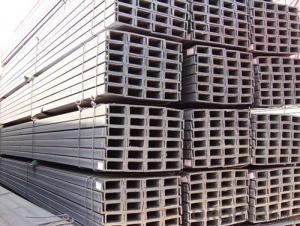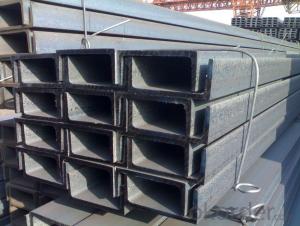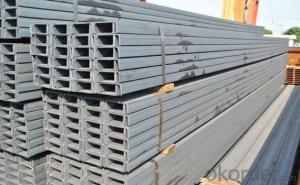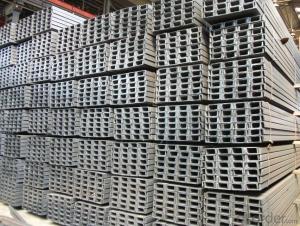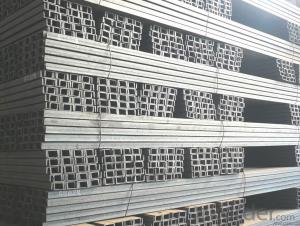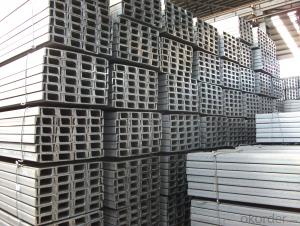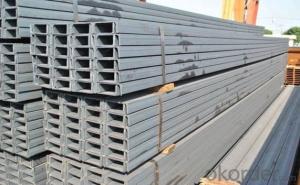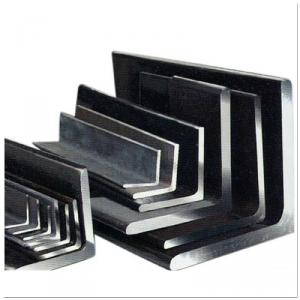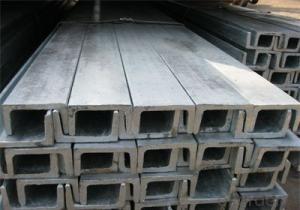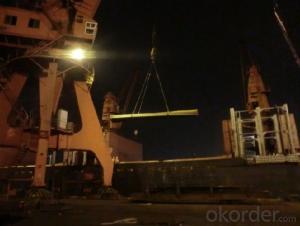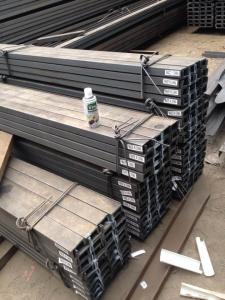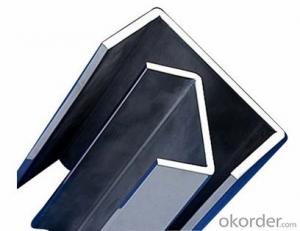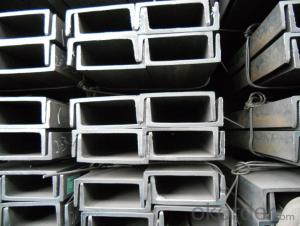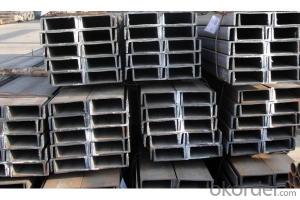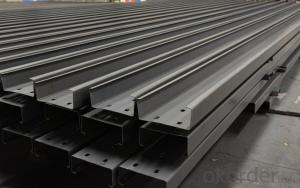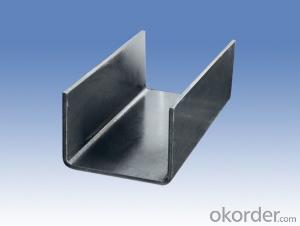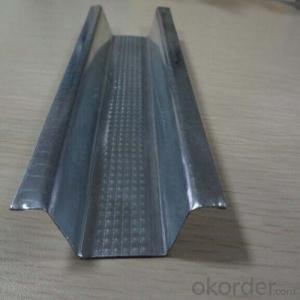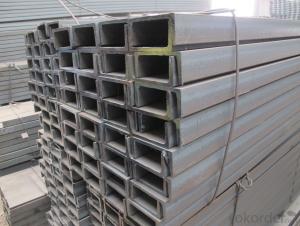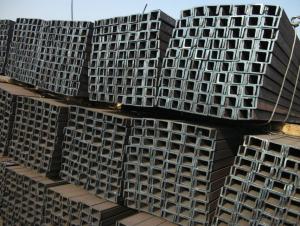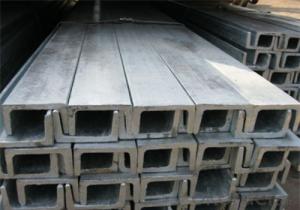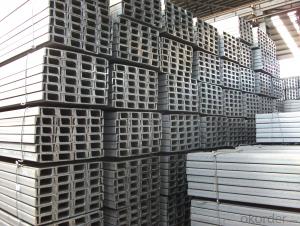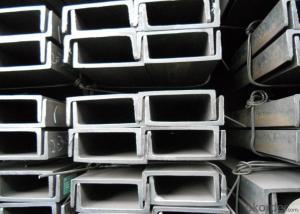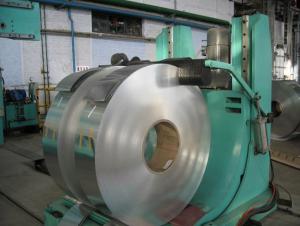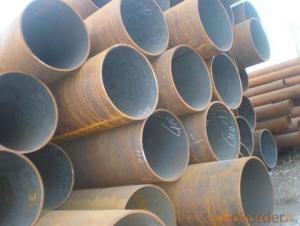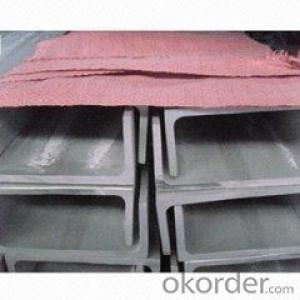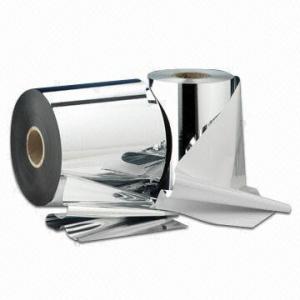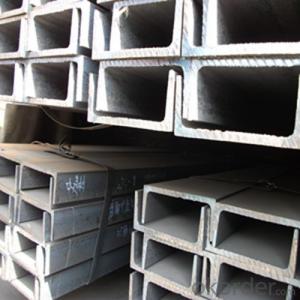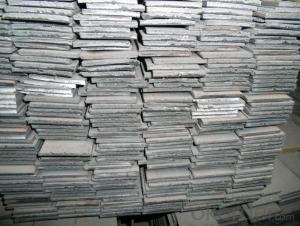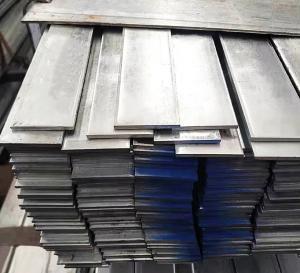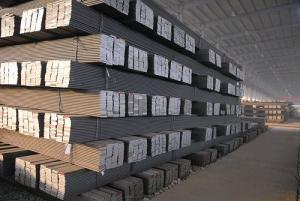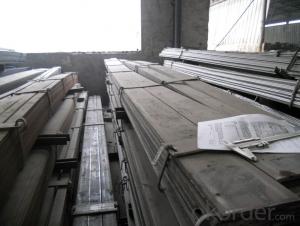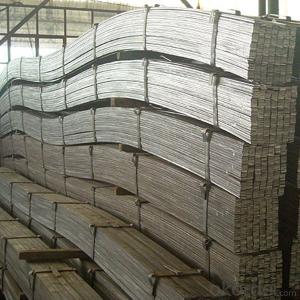Aluminum U Shaped Channel Stock
Aluminum U Shaped Channel Stock Related Searches
Aluminum U Channel Stock Aluminum Channel Stock Aluminum T Channel Stock Aluminum L Channel Stock Aluminum C Channel Stock Aluminum Channel Stock Sizes Aluminum Tubing Stock Us Aluminum Stock Aluminum Pipe Stock Tube Aluminum Stock Aluminum Stock Aluminum Square Tube Stock Stock Aluminum Shapes Aluminum Frame Stock Casting Aluminum Round Stock Aluminum Can Stock Square Stock Aluminum Tubing Aluminum Extrusion Shapes Stock Aluminum Stock Tank Aluminum Price Stock Aluminum Rectangle Stock Aluminum Ak Stock Us Aluminum Companies Stock Aluminum Shim Stock Aluminum Laminated Shim Stock Stock Aluminum Aluminum Round Bar Stock Bending Aluminum Angle Stock Aluminum Metal Stock Anodized Aluminum StockAluminum U Shaped Channel Stock Supplier & Manufacturer from China
Aluminum U Shaped Channel Stock is a versatile product that is widely used in various industries due to its durability and lightweight properties. This type of aluminum stock is designed in a U-shape, making it ideal for a range of applications such as construction, automotive, and aerospace industries. The U-shaped design allows for easy installation and provides excellent support and strength in various structural components.Aluminum U Shaped Channel Stock is commonly utilized in scenarios where lightweight yet strong support structures are required. It is often employed in the framing of buildings, as well as in the manufacturing of vehicles and aircraft. Its corrosion resistance and ability to withstand harsh weather conditions make it a popular choice for outdoor applications. Additionally, the U-shaped design allows for efficient use of space and can accommodate various types of attachments and fasteners, making it a versatile and practical solution for many projects.
Okorder.com is a leading wholesale supplier of Aluminum U Shaped Channel Stock, offering a vast inventory of this product to cater to the needs of various industries. With a commitment to quality and customer satisfaction, Okorder.com ensures that the aluminum U-shaped channel stock they provide meets the highest standards of durability and performance. By partnering with Okorder.com, customers can benefit from competitive pricing and reliable supply, making it a preferred choice for those in need of aluminum U-shaped channel stock.
Hot Products


